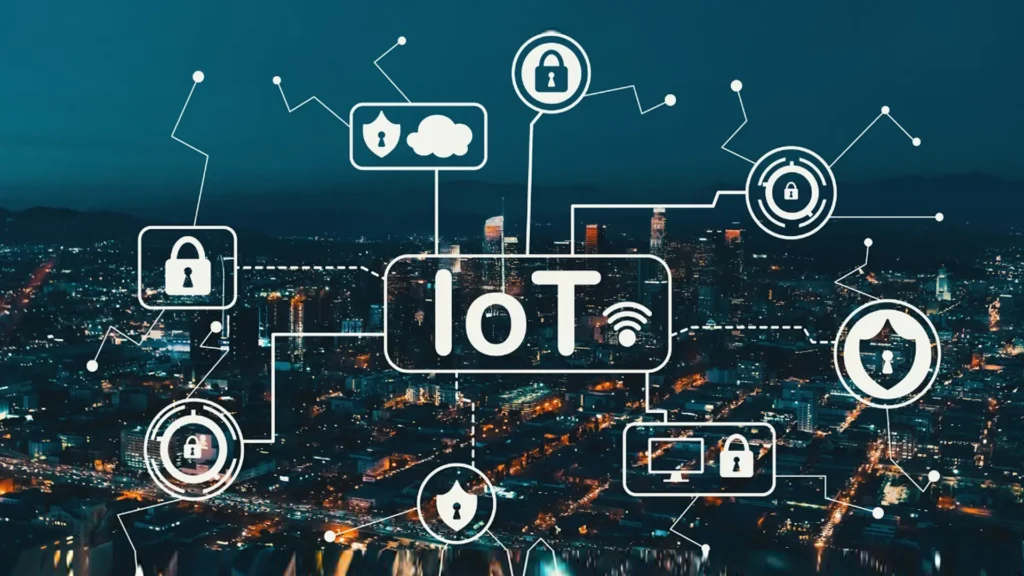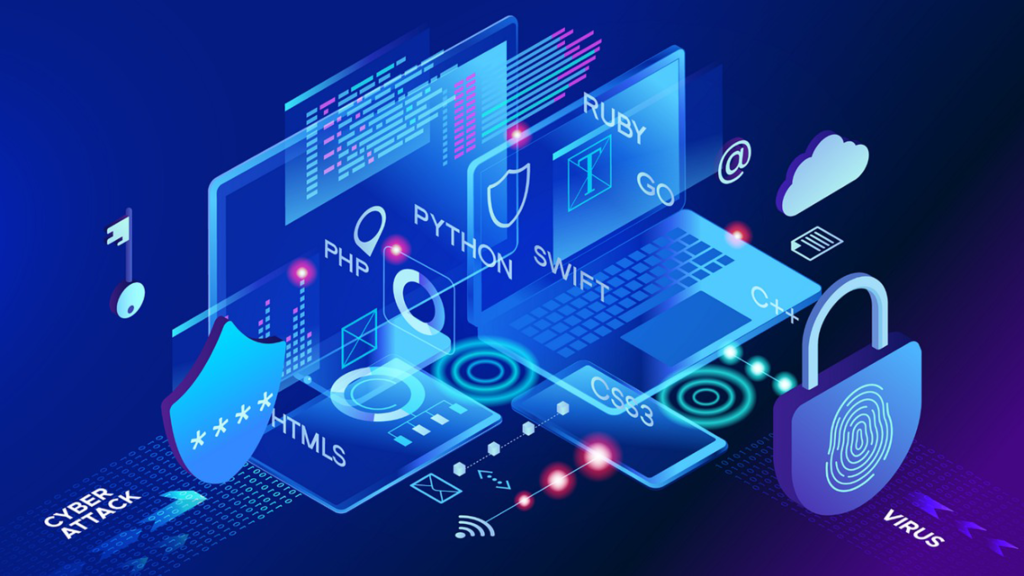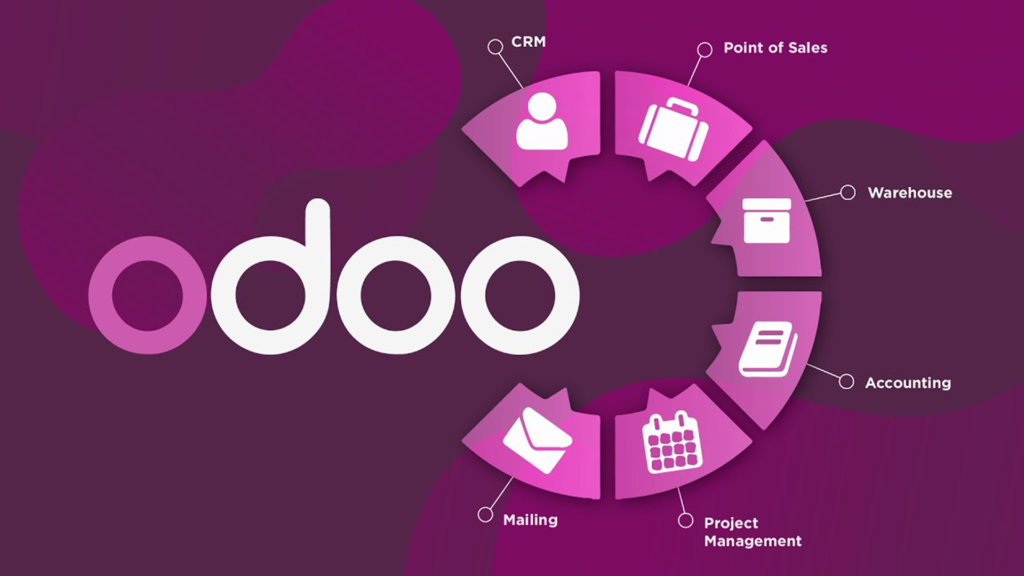The Internet of Things or IoT as it is popularly known has become a trend or a fashion in the current society, nevertheless, it is a trend that is already transforming societies massively. From smart thermostats that learn when to turn your heater on to highly technical industrial sensors that control production lines, IoT is smoothly becoming a part of our lives. This paradigm shift holds a lot of significant implications for Web design and development paradigms given that more and more smart systems’ control interfaces are websites. While IoT devices are increasing day by day, they are introducing new issues and possibilities to design new and efficient, interactive, and secure websites. This post will look at some ways through which IoT is redesigning web design and development as well as influencing the methods of how societies shall connect and control digital ecosystems.
Transform your IoT data into actionable insights.
The Influence of IoT on Web Design and Development
IoT and Its Influence on the Principles of Web Development
Enhanced User Interfaces:
The design requirements for IoT web applications depend upon the kinds of devices and their uses. This means designing outputs that are not only simple for the user to interact with, but that are also multi-touch adaptable. For instance, those who used to monitor and control smart homes should be able to load, render real-time, and control appropriately on different devices and screens.
Real-Time Data Integration: IoT devices in web development imply big amounts of data that have to be collected and processed or transformed into real-time output. Web developing professionals must incorporate algorithms that can deal with properties of live streams of information while guaranteeing that important information is delivered with precision and within the shortest time possible.
Increased Focus on Security: This brings in the aspect of security which is an issue of concern given the proliferation of the use of IoT devices. We later established that web development for smart devices requires high-security features as a means of protecting data. This encompasses employing security in areas such as encrypted transmission, employment of the right passwords, and ensuring that the software applied is updated to eliminate or control vulnerabilities.
Scalability and Performance: Due to the ever-emerging IoT systems, web applications should be able to scale and perform well at different loads. There is a need to design systems that support many connected devices and data exchanges in parallel without the system becoming taxed.





